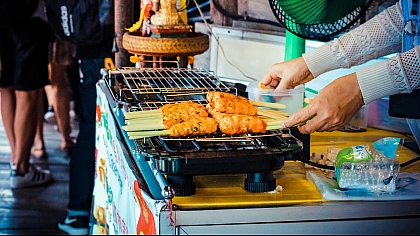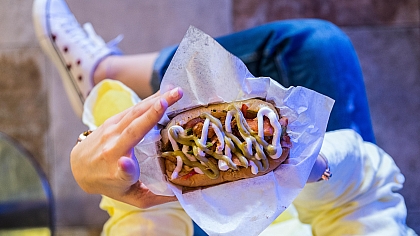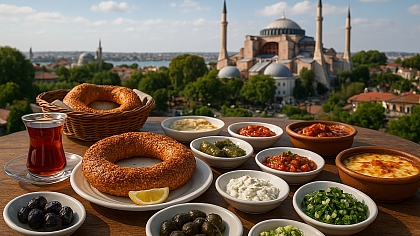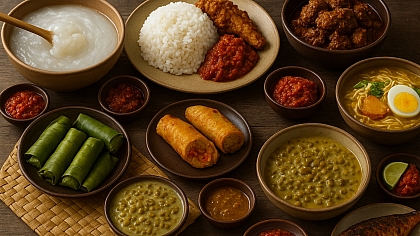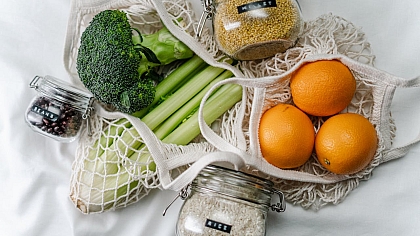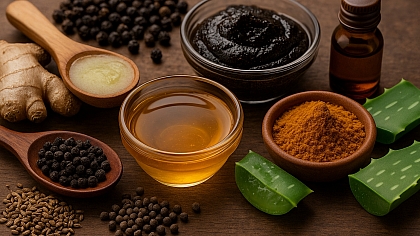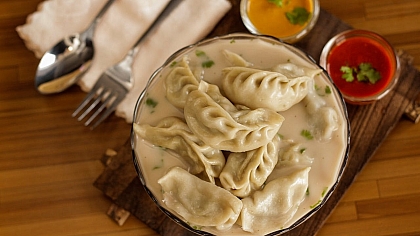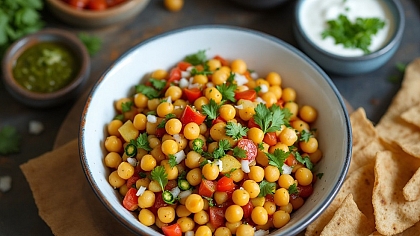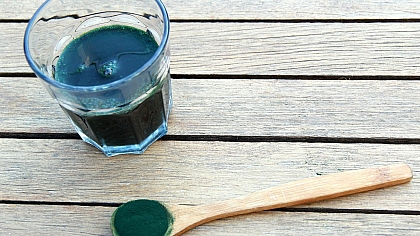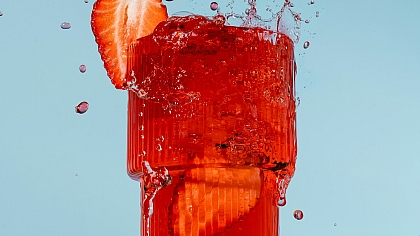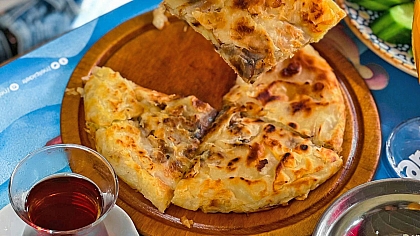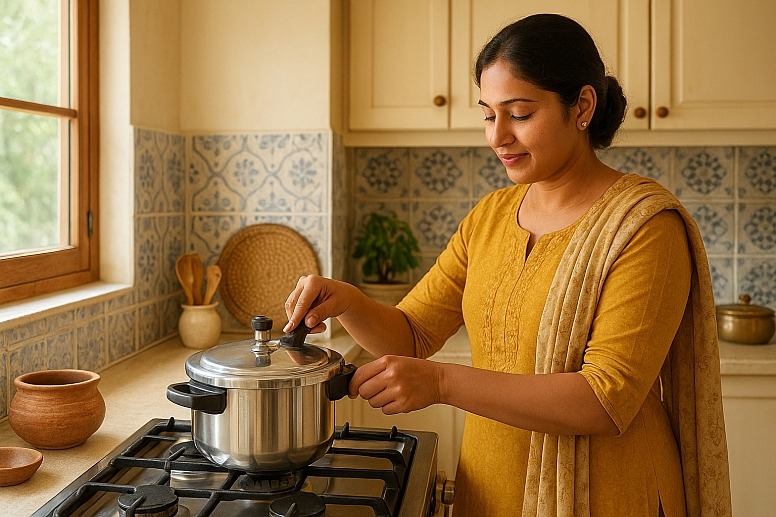
South Asian Hacks for Using a Pressure Cooker to Save Time and Energy
Cook Smarter, Not Harder: South Asian Pressure Cooker Secrets
The pressure cooker is a hero in many South Asian kitchens. It is not just another pot. It is a tool that saves hours and uses less energy. Grandmothers and chefs use it to create deep flavors quickly. They know secrets for perfect rice, tender meat, and creamy lentils.
You can learn these simple hacks, too. They will change how you cook.
Quick Tips to Get Started:
- One-Pot Meals: Cook grains, lentils, and vegetables together in layers.
- No Soaking Needed: Skip soaking beans and lentils overnight.
- Quick Natural Release: Move your cooker to the sink and run cold water over it to quickly release pressure.
- Toast Spices First: Sizzle whole spices in the base before adding other ingredients for more flavor.
- Use Less Water: Pressure cookers trap steam, so you need less liquid than traditional boiling.
Smart Hacks for Everyday Cooking
These methods have been used for generations to make cooking efficient and easy.
1. The Layered One-Pot Meal (Dum Cooking)
This is a classic technique. You can cook an entire meal at once.
- How to do it: Start with ingredients that take the longest to cook at the bottom. Put meat or potatoes in first. Add a layer of lentils or vegetables next. Place rice or another grain on the very top. Add the correct amount of water for the rice.
- Why it works: The steam circulates, cooking each layer perfectly. The flavors from the bottom layer rise into the rice, making it incredibly tasty.
- What to make: Try a simple Chicken Biryani or Vegetable Pulao this way.
2. Never Soak Beans or Lentils Again
You can cook dried beans from scratch without planning a day ahead.
- How to do it: Rinse your dried beans or lentils. Put them in the pressure cooker with enough water to cover them by about two inches. Add a tablespoon of oil to reduce foaming.
- Why it works: The high pressure and steam break down the legumes quickly. Red lentils take about 8-10 minutes. Chickpeas take about 35-40 minutes without soaking.
- What to make: Perfect chana masala or dal tadka in under an hour.
3. The Quick Pressure Release Trick
Recipes often ask you to let the pressure drop naturally, which can take 15 minutes. Sometimes, you don't have that time.
- How to do it: For foods that are hard to overcook (like grains or lentils), you can do a quick release. Carefully move the cooker to your kitchen sink. Run cool water over the lid of the cooker (but not over the pressure release valve). The pressure will drop almost instantly.
- Important: Never use this method for meats or dishes that need a slow, natural release to finish cooking gently.
4. Bloom Your Spices for Maximum Flavor
This simple step adds a huge amount of depth to your food.
- How to do it: Select the "Sauté" function on your cooker (or use it on the stove first). Heat a little oil. Add whole spices like cumin seeds, mustard seeds, or dried chillies. Heat them until they sizzle and become fragrant. This takes less than a minute. Then, add your other ingredients.
- Why it works: Heat unlocks the essential oils in spices, giving your dish a richer, more authentic taste.
5. Get Perfect Rice Every Time
A pressure cooker makes foolproof, fluffy rice.
- How to do it: The water ratio is key. For most white rice, use a 1:1 ratio of rice to water. Rinse the rice first. Add it to the cooker with the water and a pinch of salt. Cook on high pressure for 3-5 minutes. Let the pressure release naturally for 10 minutes, then release any remaining pressure.
- Why it works: The sealed environment steams the rice perfectly without losing any moisture.
Start Cooking with Confidence
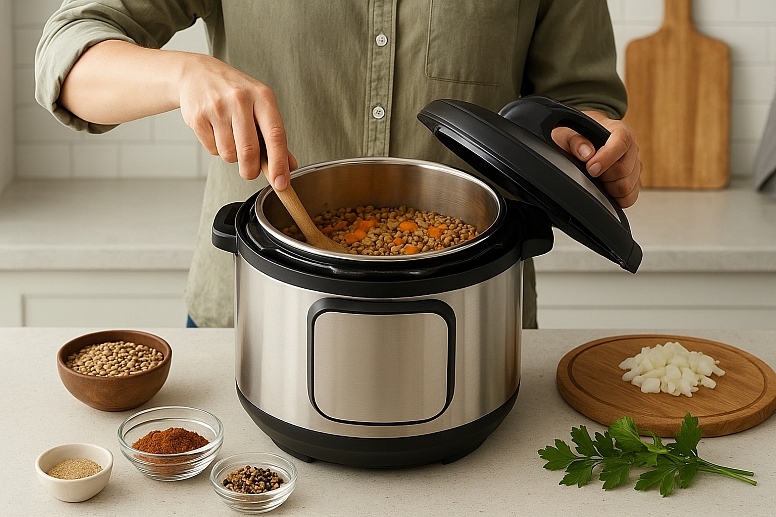
Your pressure cooker can do much more than you think. Try one hack this week. Cook a pot of lentils without soaking them. Or, try toasting your spices in the pot first. These small changes will save you time and energy. They will also bring amazing new flavors to your table.
Frequently Asked Questions
Is it safe to run cold water over my pressure cooker? Yes, for most modern stainless steel cookers, this is a safe method for a quick release. Always check your manufacturer's manual first. Do not do this with electric pressure cookers; use the quick-release valve instead.
Why is my food sometimes mushy? Mushy food means you are cooking for too long or with too much water. Remember: pressure cookers need less water and less time than other methods.
Can I open the lid to check on my food? No. You must never force the lid open while pressure is building or while it is under pressure. You must always release the pressure fully first.
What is the best way to clean the lid? The sealing ring can hold odors. Wash it thoroughly after each use. Many people recommend washing the ring with vinegar or lemon juice to remove strong smells like curry.
Do I need to adjust recipes for high altitude? Yes. If you live at a high altitude, you will need to increase the cooking time slightly. Water boils at a lower temperature at high altitudes, so it takes longer to build pressure and cook food.


